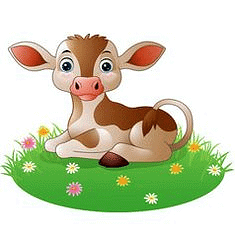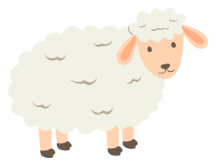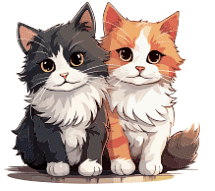Practice Questions: Feminine and Masculine | English Olympiad Class 1 PDF Download
Q1: What is the feminine form of 'lion'?

(a) Lioness
(b) Lionet
(c) Liona
(d) Lionessess
Ans: A
Explanation: The feminine form of 'lion' is 'lioness'.
Q2: What is the masculine form of 'queen'?
(a) King
(b) Prince
(c) Princess
(d) Duke
Ans: A
Explanation: The masculine form of 'queen' is 'king'.
Q3: Identify the feminine form of 'horse'.

(a) Mare
(b) Colt
(c) Stallion
(d) Filly
Ans: A
Explanation: The feminine form of 'horse' is 'mare'.
Q4: What is the masculine form of 'duck'?

(a) Duckling
(b) Drake
(c) Hen
(d) Rooster
Ans: B
Explanation: The masculine form of 'duck' is 'drake'.
Q5: Identify the feminine form of 'bull'.

(a) Calf
(b) Cow
(c) Heifer
(d) Bulless
Ans: B
Explanation: The feminine form of 'bull' is 'cow'.
Q6: What is the masculine form of 'goose'? (a) Gander
(a) Gander
(b) Duckling
(c) Rooster
(d) Stag
Ans: A
Explanation: The masculine form of 'goose' is 'gander'.
Q7: Identify the feminine form of 'tiger'. (a) Tigress
(a) Tigress
(b) Tigeress
(c) Tigressess
(d) Tigra
Ans: A
Explanation: The feminine form of 'tiger' is 'tigress'.
Q8: What is the masculine form of 'sheep'? (a) Ewe
(a) Ewe
(b) Lamb
(c) Ram
(d) Doe
Ans: C
Explanation: The masculine form of 'sheep' is 'ram'.
Q9: Identify the feminine form of 'fox'.
(a) Vixen
(b) Foxess
(c) Foxa
(d) Vixa
Ans: A
Explanation: The feminine form of 'fox' is 'vixen'.
Q10: What is the masculine form of 'cat'?
(a) Kitten
(b) Catling
(c) Tom
(d) Tabby
Ans: C
Explanation: The masculine form of 'cat' is 'tom'.
|
29 videos|97 docs|63 tests
|
FAQs on Practice Questions: Feminine and Masculine - English Olympiad Class 1
| 1. What is the difference between feminine and masculine gender roles? |  |
| 2. Can someone exhibit both feminine and masculine qualities? |  |
| 3. Are feminine traits considered inferior to masculine traits? |  |
| 4. How do societal expectations of gender roles impact individuals? |  |
| 5. How can we promote gender equality and challenge gender stereotypes? |  |
















